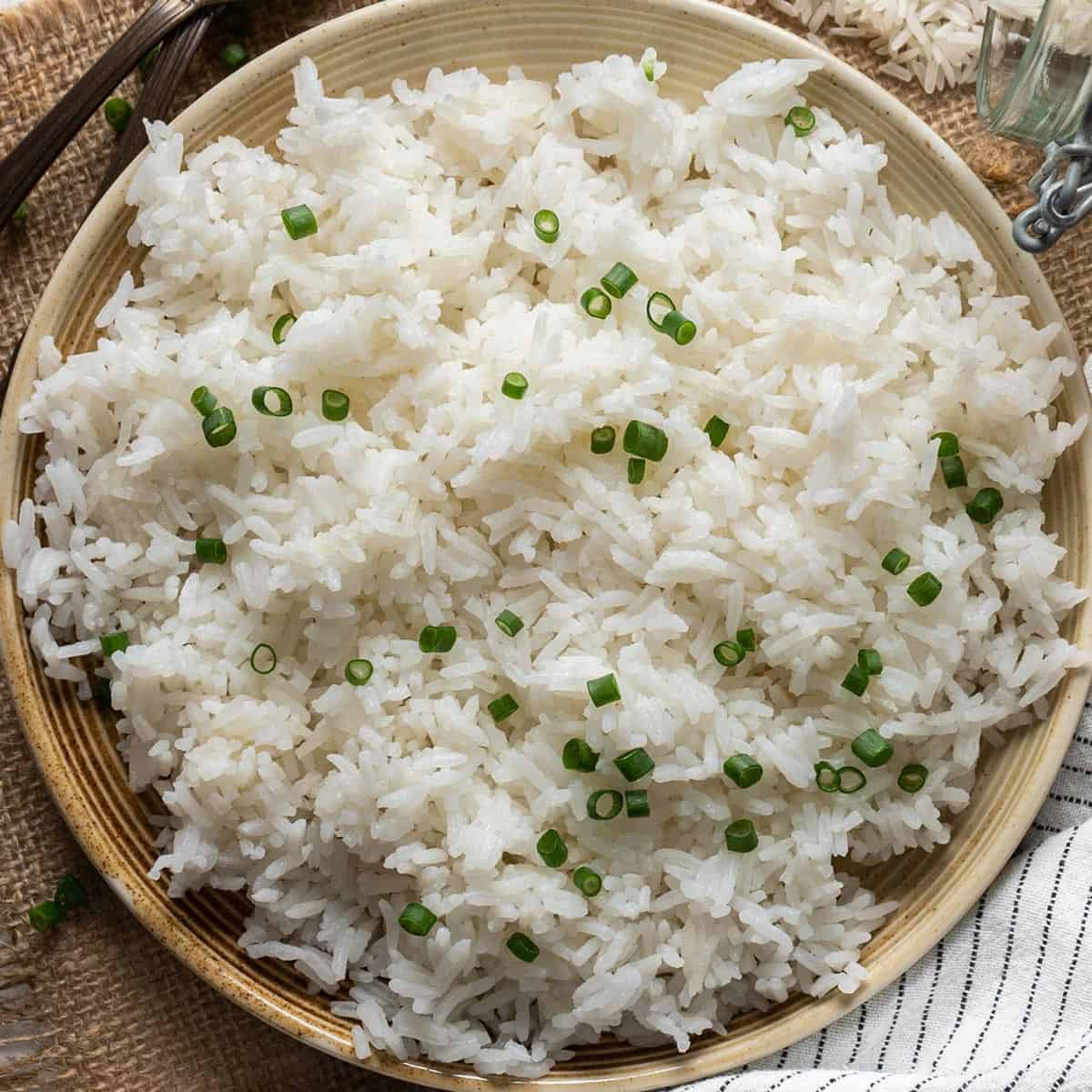
Apply Now


Essential Guide to Cooking Frozen Salmon Perfectly
Cooking frozen salmon is a popular choice for many families, as it provides a quick and healthy meal option that's rich in protein and essential nutrients. Understanding how to cook frozen salmon correctly can elevate a simple meal into a delicious dining experience. In this comprehensive guide, we'll explore various methods, tips, and recipes to ensure that your frozen salmon turns out perfectly every time. Not only does frozen salmon save time, but it also retains its nutritional value, making it a convenient option for busy weeknights. We will cover key techniques such as baking, grilling, and pan-searing, as well as provide recommendations for marinades and seasonings. By the end of this article, you'll have all the information you need to enjoy a variety of easy frozen salmon meals, no matter your cooking preferences. By familiarizing yourself with thawing techniques, cooking times, and best practices, you'll not only enhance the flavor of your meal but also ensure that cooking salmon from frozen becomes an integral part of your kitchen repertoire. Let's dive into the different cooking methods that will bring your frozen salmon dishes to life.How to Thaw Salmon Like a Pro
Before cooking frozen salmon, one important question arises: should you thaw it first? While there are effective methods to cook frozen salmon directly, thawing can enhance texture and flavor. Here are some effective thawing techniques:Utilizing Refrigerator Thawing
One of the most recommended methods for thawing salmon is to place it in the refrigerator. This slow process takes a few hours to overnight, depending on the thickness of your salmon fillet. This method ensures that the salmon remains at a safe temperature, preventing bacteria growth. Make sure to place the salmon on a plate or in a shallow pan to catch any liquid that may seep out.Cold Water Thawing Method
If you're short on time, the cold water method comes in handy. Simply seal your frozen salmon in a leak-proof bag and submerge it in a bowl of cold water. Change the water every 30 minutes to ensure that it continues to thaw effectively. This method usually takes about one hour.Microwave Thawing with Caution
Microwaving is the quickest way to thaw fish, but it requires careful attention. Use the defrost setting on your microwave and monitor it closely. This method can lead to partially cooked edges, so it's best suited for those who are cooking the salmon immediately after thawing. Building on these thawing strategies, let's explore the best ways to season and prepare your frozen salmon for cooking.Best Frozen Salmon Seasonings for Flavor
Seasoning your salmon enhances its natural flavors and caters to your taste preferences. Here are some fantastic seasoning options you might want to consider:Simple Salt and Pepper
Sometimes, the simplest methods yield the best results. A generous sprinkle of salt and freshly ground black pepper can elevate the flavor of your salmon without overpowering it. This is particularly effective if you are serving it with flavorful side dishes.Herbs and Lemon Zest
Adding herbs such as dill, parsley, or thyme alongside lemon zest creates a refreshing taste that pairs perfectly with salmon. Simply mix chopped herbs with some olive oil, drizzle over the salmon, and you're ready to go.Flavorful Marinades
A frozen salmon marinade can take your dish to the next level. Mix up a concoction of soy sauce, honey, garlic, and ginger for an Asian-inspired flavor or go for a spicy blend with chili flakes and lime juice. Marinate the salmon for at least 15 minutes to allow the flavors to penetrate. With these flavor-enhancing techniques in mind, let’s move on to explore various cooking methods that will help you achieve a delicious result.Top Cooking Methods for Frozen Salmon
Cooking frozen salmon can be achieved through various delicious methods. Each method has its unique benefits, allowing you to choose based on your preference and available kitchen equipment.Baking Frozen Salmon in the Oven
Oven-baked salmon is one of the easiest and healthiest options. Preheat your oven to 425°F (220°C), place the salmon fillet on a baking sheet lined with parchment paper, and season as desired. Bake for 20-25 minutes until the salmon flakes easily with a fork. Using this method ensures even cooking while retaining moisture.Grilling Salmon for That Smoky Flavor
Grilling is a great way to infuse your salmon with a smoky flavor. Preheat the grill and oil the grates to prevent sticking. Place the salmon skin-side down and grill for about 10-15 minutes, depending on thickness. For an extra touch, grill it on a cedar plank for enhanced flavor.Pan-Seared for a Crispy Finish
Pan-searing frozen salmon is a quick method that gives a delightful crust to the fish. Heat a skillet over medium-high heat, add a tablespoon of oil, and place the seasoned salmon in the pan. Cook for 5-7 minutes on each side or until golden brown and done to your liking. With these cooking methods mastered, you will be prepared to create delicious meals. Let’s move onto timing and doneness to ensure your salmon is cooked perfectly every time.Cooking Time and Ensuring Doneness
Understanding the cooking time for frozen salmon is essential to guarantee that your meal turns out tender and flaky rather than dry.Frozen Salmon Cooking Times
Cooking times can vary based on the method you choose. Generally, you should allow 20-25 minutes for baking, around 10-15 minutes for grilling, and 5-7 minutes for pan-searing per inch of thickness. Always refer to guidelines to ensure you're not overcooking your fish.How to Tell When Salmon is Done
One of the best indicators of doneness is the color and texture of the salmon. When done, salmon will flake easily and be opaque. An internal temperature of 145°F (63°C) is ideal for safety and quality.Cooking Salmon Skin On or Off
Cooking salmon with the skin on can help retain moisture and flavor. If you prefer skinless, just be aware that it may need slight adjustments in cooking time to avoid dryness. As we can see, timing and temperature are crucial for perfect salmon. We will now move into some delicious side dish ideas that complement your main event.Healthy Side Options for Salmon Dinners
Pairing your salmon with healthy side dishes can round out your meal beautifully. Here are some vibrant ideas to consider:Seasonal Vegetables Roasted to Perfection
Adding seasonal veggies like asparagus, Brussels sprouts, or bell peppers drizzled with olive oil and sprinkled with herbs can complement the flavors of your salmon. Roast them in the oven at the same temperature as your salmon for an easy one-pan meal.Quinoa or Rice Bowls
For a hearty side, consider a quinoa or brown rice bowl, topped with herbs and lemon juice. This provides a base that isn't overwhelming but adds nutritional value and fills your plate.Refreshing Side Salads
A simple green salad with mixed greens, cherry tomatoes, and a light vinaigrette can bring a fresh balance to the richness of salmon. Add some nuts or seeds for crunch and extra nutrition. With these side dish ideas, your healthy frozen salmon meal is well on its way to impressing family and friends. To conclude, let's summarize some frequently asked questions about cooking frozen salmon for ultimate peace of mind.Salmon Cooking FAQ: Your Questions Answered
In this section, we'll address common inquiries related to how to properly cook frozen salmon and provide tips to ease your cooking journey.Can I Cook Salmon from Frozen?
Absolutely! Cooking salmon from frozen is entirely possible and can yield great results without the need for thawing. Employ methods such as baking or grilling for appealing textures and flavors.What are the Benefits of Cooking Frozen Salmon?
Frozen salmon is often flash frozen shortly after being harvested, retaining much of its nutritional value, and making it a convenient protein option in your pantry.Can I Use a Microwave to Cook Frozen Salmon?
Yes, the microwave is a valid option, but be cautious to avoid overcooking. Use the microwave's defrost function aware of cooking evenness.What are the Best Frozen Salmon Brands?
Seek out brands that emphasize sustainability, such as those that sell wild-caught salmon or adhere to responsible farming practices. Reading reviews can also guide your choices.How Can I Reduce Fishy Taste in Salmon?
For those sensitive to fishy flavors, marinating your salmon can help. In addition, using fresh herbs, citrus, or spices can mask any unwanted flavors effectively. By understanding these questions, you can confidently approach cooking frozen salmon and create delicious meals with ease. Enjoy your culinary adventures with salmon as a staple in your diet!
